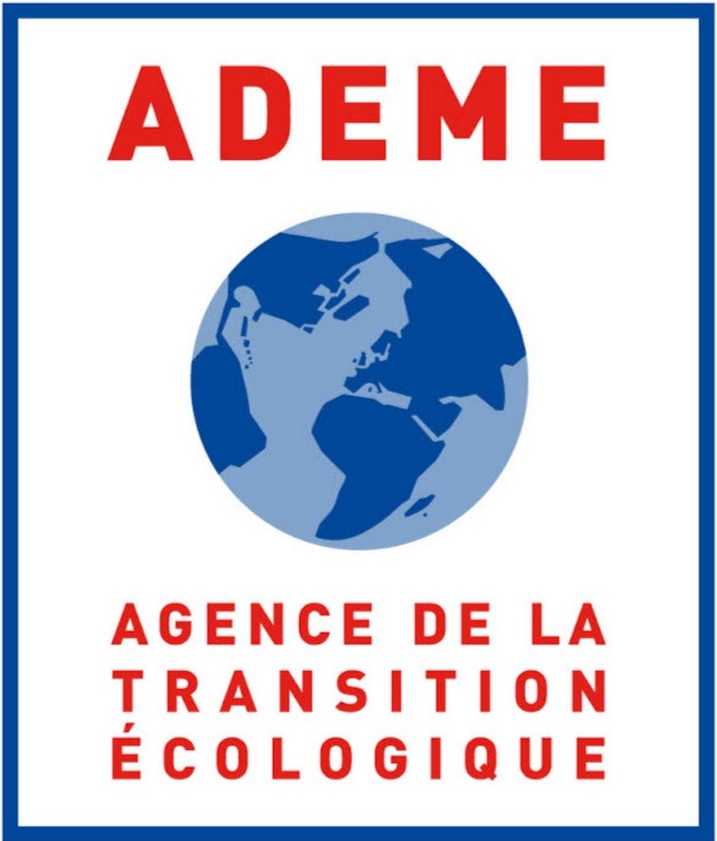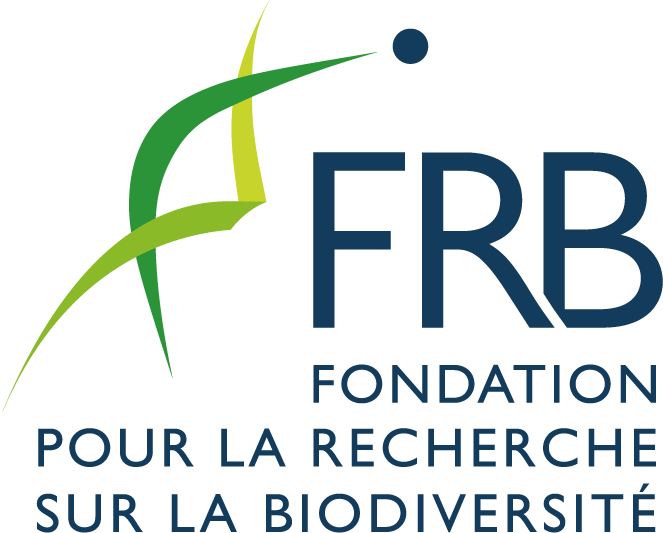 The CIRFE project aimed to test various modeling tools proposed by scientific research in ecology and to compare their predictive capabilities. These studies were conducted under real conditions, as part of the assessment of the cumulative effects of linear terrestrial transportation infrastructures.
The CIRFE project aimed to test various modeling tools proposed by scientific research in ecology and to compare their predictive capabilities. These studies were conducted under real conditions, as part of the assessment of the cumulative effects of linear terrestrial transportation infrastructures.
Linear transportation infrastructures and their footprints are significant landscape elements that can structure the environment and have both positive and negative impacts on the survival of animal and plant species. To meet European and national regulatory requirements, it is necessary to evaluate the impact of infrastructures on the survival and movement of species. While this evaluation is complex in relatively simple situations involving a single infrastructure, it becomes even more challenging when considering multiple projects and the impacts of each.
Scientific research in ecology has developed numerous theoretical and applied models that can assist stakeholders in evaluating the impacts of infrastructure projects. However, most of these methods have not been validated or applied to concrete planning issues. As a result, it is difficult to determine which method is applicable in which context and with what uncertainties. This issue, highlighted in the scientific articles produced by TerrOïko in 2013 and 2014, is also prominent among land use planners.
Two modeling methodologies for assessing population dynamics around the same highway can yield significantly different results (see below). Which of these methods allows for the best evaluation ? Does a difference in precision between the methods lead to significant variations in the assessment of impacts? Which method can effectively detect barrier effects and corridor effects? Is the cost of applying these methods proportional to the variations in the precision of evaluations? These were some of the questions addressed during the Cirfe project.

General Methodology
The CIRFE project monitored populations of black firebugs, yellow-bellied toads, and large whites using capture-mark-recapture (CMR) methods and population genetics over the three years of the project. In parallel, various modeling tools derived from scientific research were applied to these species, and the results from these tools were compared with the actual data collected in the field.
Reports and Deliverables
In addition to the publication of scientific articles, the CIRFE project produced two reports:
Report I: "Summary of the CIRFE Program and Decision Support Guide on Modeling Methods Applied to Linear Transport Infrastructure (LTI)"
This report provides a summary of the project and serves as a decision support guide for the use of modeling tools, aimed at practitioners involved in environmental assessment for linear transport infrastructure (developers, consulting firms, etc.).
Download Report IReport II: "Methodology and Results of the CIRFE Program"
The second report details all the work carried out during the CIRFE program.
Download Report II]
Support and Partners
 |  |  |  |  |  |  |  |

Identity card
- Call for Research : Ittecop 2014
- Funding : Ministry of Ecological and Inclusive Transition, CIL&B, ADEME
- Project Lead : TerrOïko
- Other Partner Organizations : Station for Theoretical and Experimental Ecology (SETE-CNRS), Setec
- Contact : Sylvain Moulherat
- Project Duration : 36 months (2015-2017)
- Total Project Cost : €450 k
- Grant Amount : €110 k
Ressources
- 29/04/2019 :final version of the thèse de Jonathan Remon ("Connectivité fonctionnelle en paysage fragmenté : apport des données génétiques et démographiques pour étudier l'impact multi-spécifique des infrastructures linéaires de transport)
- 04/09/2018 : présentation of “L'apport de la simulation numérique de dynamique de métapopulation à l'évaluation environnementale” at the 21st International Colloquium on Environmental Assessment, in Paris.
- 16/11/2017 : présentation of “Cirfe - Animal behavior modeling and ecological realism” at the “Territoires et transparence écologique des infrastructures” national day in Paris.
- 19-20/10/2017 : restitution of results and Cirfe presentation poster at the ITTECOP 2017 seminar in Paris.
- 19/09/2017 : presentation at the 19th European Herpetological Congress in Salzburg.
- 23/06/2017 : presentation at the “Ecology & Behaviour” symposium, Chizé.
- 14-18/05/2017 : présentation of the Cirfe project as part of the Ittecop program at the International Conference on Ecology & Transportation in Salt Lake City.